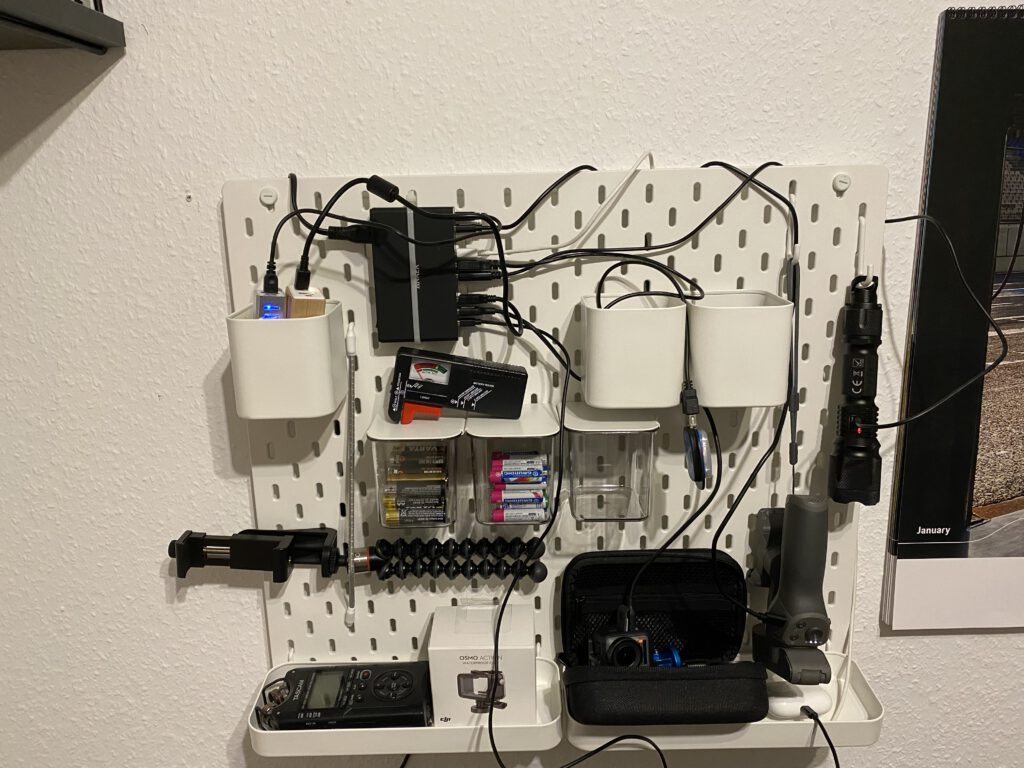Dieser Artikel ist Teil der Serie “Level Up! – 42 Gitarrensoli für ein besseres Sexleben”
Bedeutung
Folge deinem Traum. Auch wenn dich keiner versteht, wenn dich andere schneiden und verachten. Dream big! Dream on!
Tonartanalyse
Ok, was passiert hier? Die Akkorde der Begleitung sind folgende:

Drei Akkorde und gut. So muss das sein.
Wir analysieren:
| Akkord |
H-Moll |
G-Dur |
Fis-Moll |
| Terz |
D |
H |
A |
| Quinte |
Fis |
D |
Cis |
Zwei Vorzeichen und der H-Moll-Akkord als tonales Zentrum, könnte H-Moll als Tonart sein. Kommen wir zum Solo über diese Akkorde.
Takte 1 bis 4

Ich fange ganz gemütlich mit Quinte (Fis) und Grundton von H-Moll an und lasse erstmal klingen.
Das kann man auch ruhig guten Gewissens machen, wenn der Ton zum Akkord passt wie in diesem Fall.
Dann geht es gemütlich weiter. Ich spiele ein G und ziehe es zum A hoch.
A ist die große None zu G-Dur und zugleich schon die Terz vom nächsten Akkord Fis-Moll. Ich deute also schonmal an, wohin die Reise geht.
Spätestens mit dem Cis (Quinte von Fis-Moll) auf Zählzeit 4 bin ich in Fis-Moll angekommen. Läuft!
Takte 5 bis 8

Mehr Dynamik bitte. Wie’s geht?
In Takt 5 geht’s nach oben (E-Saite 14. Bund, wieder ein Fis), in Takt 7 bringe ich Achtelnoten, also rhythmisch dichter.
Interessant ist, dass in Takt 7 ein D-Dur-Arpeggio über G-Dur erklingt.
Warum funktioniert das?
D-Dur besteht aus D – Fis – A.
D ist die Quinte von G und A die große None, wie oben erwähnt.
Das Fis ist die große Septime zu G-Dur, klingt eigentlich nicht so prall.
Ist in diesem Fall aber nicht so schlimm, da Fis auf der Zählzeit 1+ kommt und damit eine Durchgangsnote ist.
Takte 9 bis 12

Howdy! Wir ziehen die Schlinge enger: Mehr Achtel, String Skipping, Double Stops und Synkope.
Alles was ein Gitarren-Cowboy drauf haben sollte.
Takte 13 bis 16

Rhythmisch noch dichter, indem wir die Triolen auspacken.
Als Tonmaterial dient uns anstatt akkord-eigenen Tönen jetzt die H-Moll-Tonleiter.
Aber es gibt doch mehrere Molltonleitern, welche genau meinst du?
Richtig, man unterscheidet zwischen: Natürlich, harmonisch und melodisch Moll.
Welche nehme ich jetzt? Kann mich nicht entscheiden, ich schwanke zwischen natürlich und harmonisch.
Die unterscheiden sich auch nur in einem Ton nämlich dem A bzw A#.
Am Anfang des Triolenlaufs nehme ich A# (harmonisch Moll) um dann erstmal in Takt 14 wieder das A zu nehmen. In Takt 15 nehme ich dann für den Double Stop wieder das A#.
Takte 17 bis 20

Hell bend for leather! Bendings bis der Arzt kommt.
Takte 21 und 22

Ein schönes Open String Lick bereitet uns auf das Finale vor.
Takte 23 bis 24

Jetzt nur noch ein winziges Läufchen und ein geschmackvolles Bending auf unseren Zielton C#. Voilà!
Full Track
GuitarPro
Download GuitarPro Datei Dream
Ihr habt noch kein GuitarPro?
Ich würde mich freuen, wenn ihr es über den Amazon oder Thomann-Affiliate-Link kaufen würdet:
Guitar pro Version 8 (Amazon Affiliate)
Guitar Pro Version 8 (Thomann Affiliate)
Nächste Lektion
Dream 2. Stimme





























